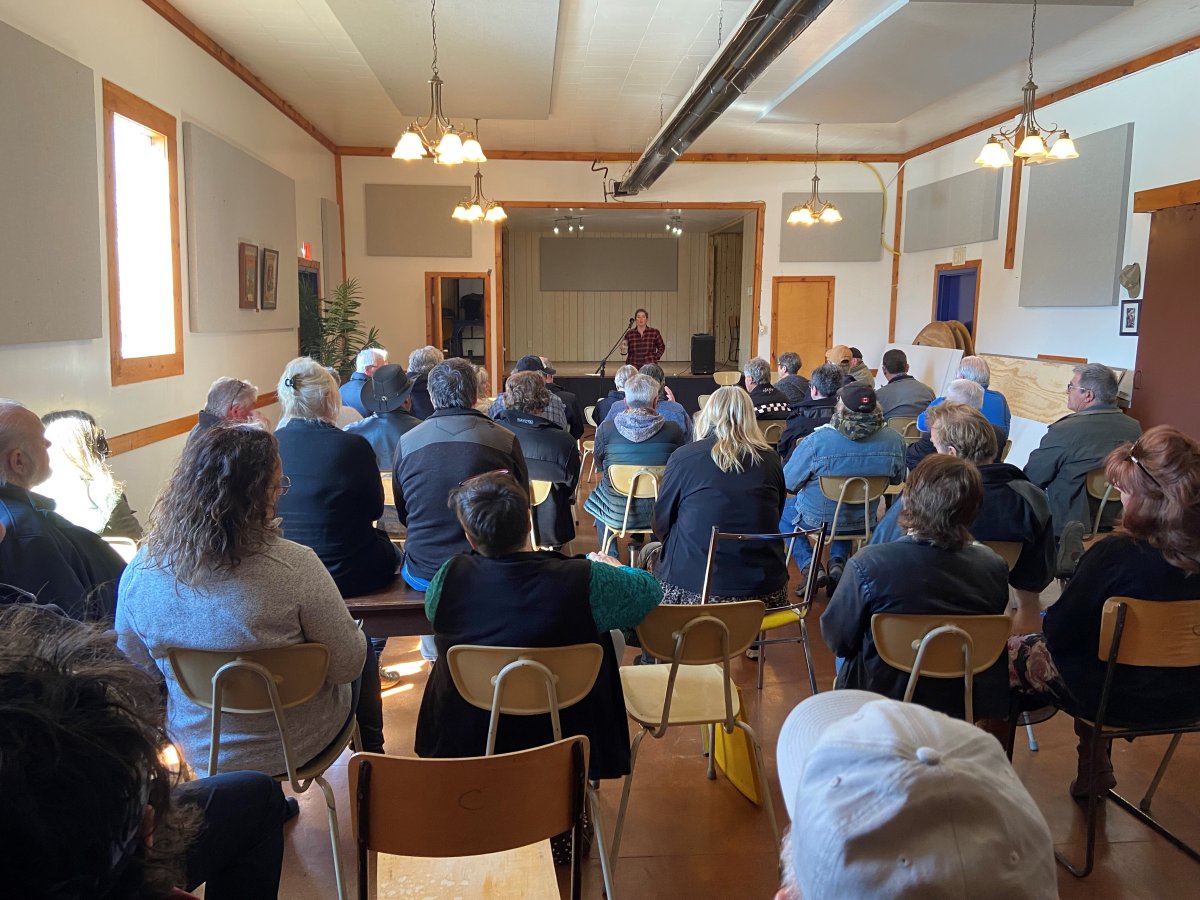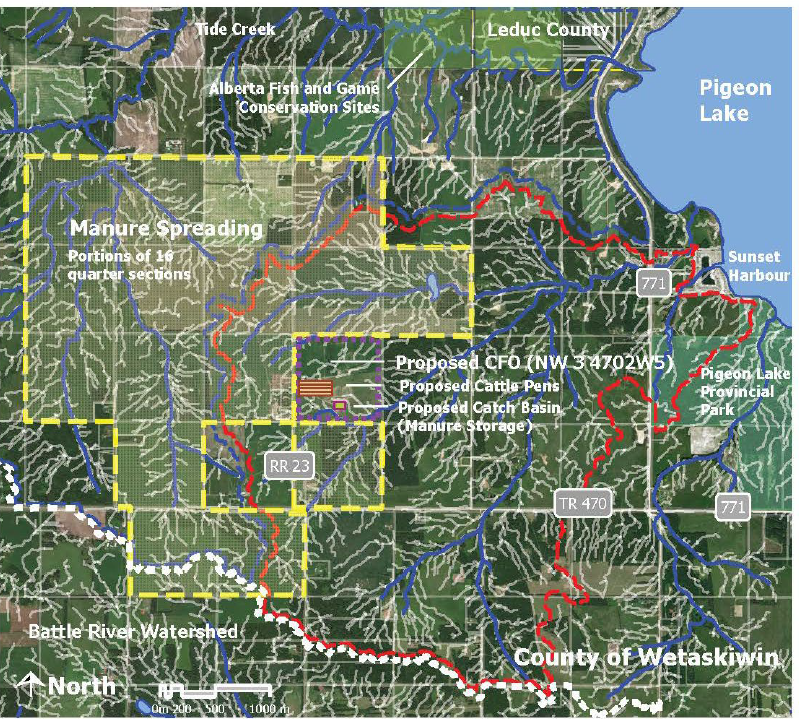BC
SITE C DAM treaty infringement claim put on hold pending negotiationsTuesday
A billion-dollar treaty infringement claim over the Site C dam has gone from the courtroom to confidential discussions in an attempt to settle the outstanding litigation brought by the West Moberly First Nation.
Trial was scheduled to start in B.C. Supreme Court on March 14, but in its annual progress report to the BC Utilities Commission last month, BC Hydro said the trial had been adjourned on Jan. 21.
“The parties to the litigation are continuing confidential discussions to seek to settle this litigation,” reads the March 31 report, which also notes construction of the dam was more than 55% complete at the end of 2021.
Dave Conway, a community relations manager for BC Hydro, said the company will not be providing any further public comments about the discussions, but noted both parties agreed to adjourn the case — at least for now.
“BC Hydro remains committed to working with Indigenous communities to build relationships that respect their interests,” said Conway. “We have undertaken extensive and meaningful consultation and engagement with First Nations about Site C since 2007.”
West Moberly, along with Prophet River First Nation, filed the infringement claim in January 2018, and sought a court injunction to stop construction on the now $16-billion project until their case was heard. The two nations warned Premier John Horgan in 2017 that his approval to continue with construction would lead to a civil suit, and claimed any damages could be as high as $1 billion.
The Supreme Court ultimately refused an injunction, but ordered a trial on whether the project infringes aboriginal treaty rights be held by mid-2023 instead, before the dam's reservoir starts to be filled.
Prophet River has since settled their claim outside of court, announced in 2020. West Moberly had also previously entered discussions with BC Hydro in February 2019 to seek alternatives to litigation, before filing an amended claim to the court later that year.
West Moberly Chief Roland Willson has not returned calls for comment. Joshua Lam, a lawyer with Sage Legal, which is representing West Moberly in court, confirmed they have entered negotiations, but says the nation isn’t at liberty to comment further.
“I can confirm what BC Hydro’s stated in that document, but West Moberly isn’t able to comment any further about the status of the case or discussions,” Lam said.
The Supreme Court registry in Vancouver says the case is still technically open, as no party has filed to end it. No new court dates have been set in the matter.
“The court case is adjourned (paused) pending discussions, not over,” confirmed Lam.
The provincial ministry of energy also declined to comment.
“The parties have agreed to adjourn the trial. Out of respect for the ongoing discussions, the Ministry will not be providing any further comments at this time,” a ministry spokesperson said.
West Moberly saw some legal success last year, winning the right to see Site C financial and safety documents held in private by BC Hydro. A condition of releasing these documents was that West Moberly keep them confidential.
tsummer@ahnfsj.ca
Tom Summer, Local Journalism Initiative, Alaska Highway News











